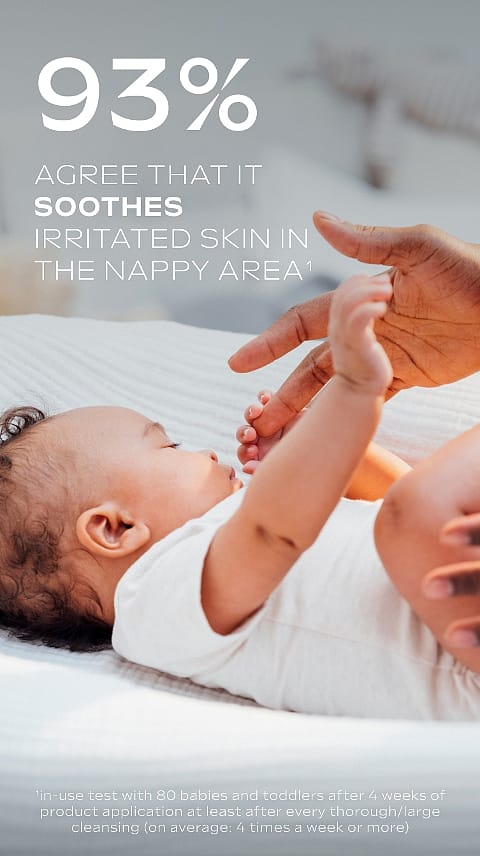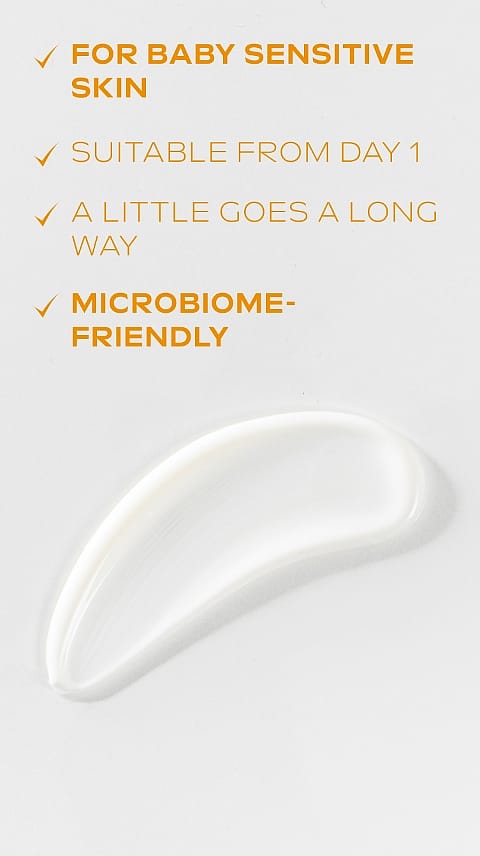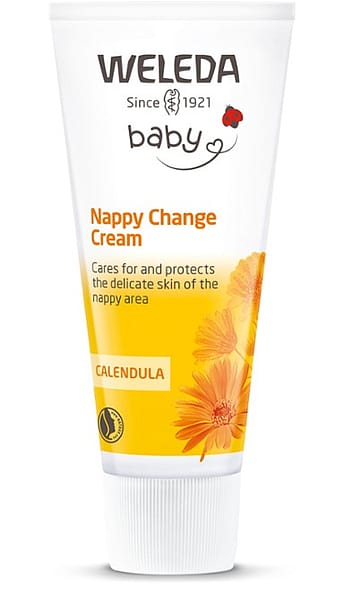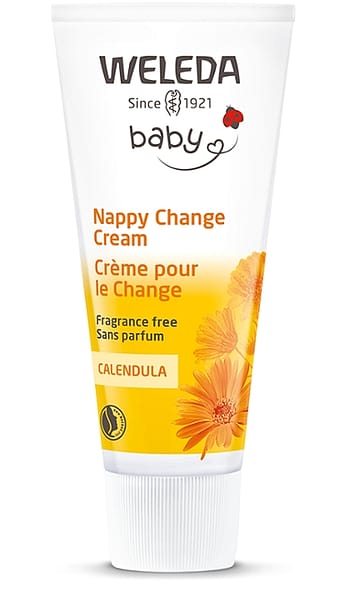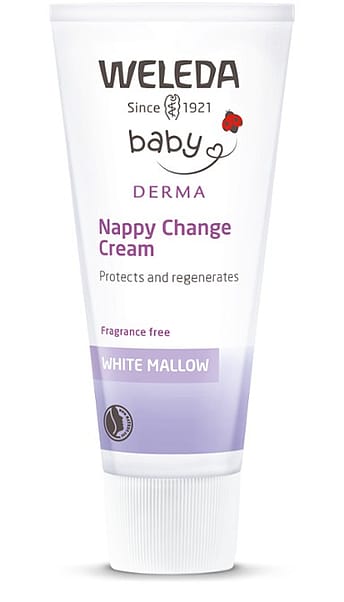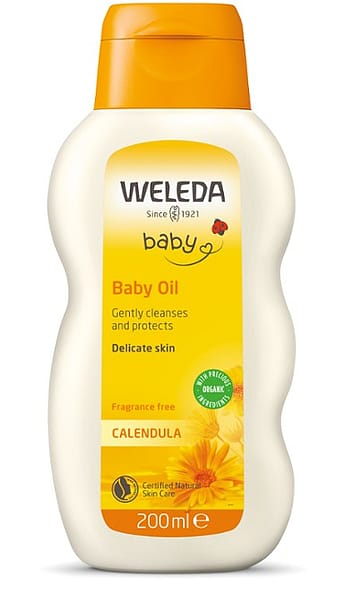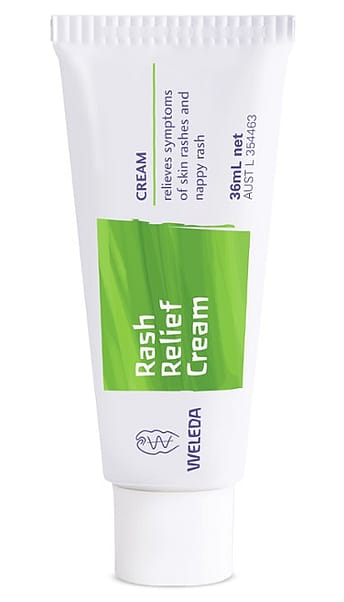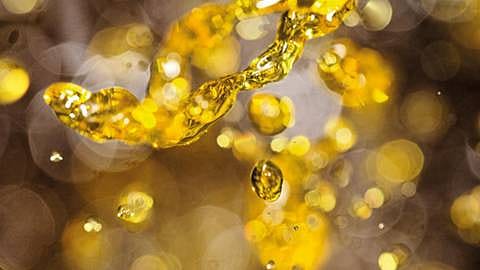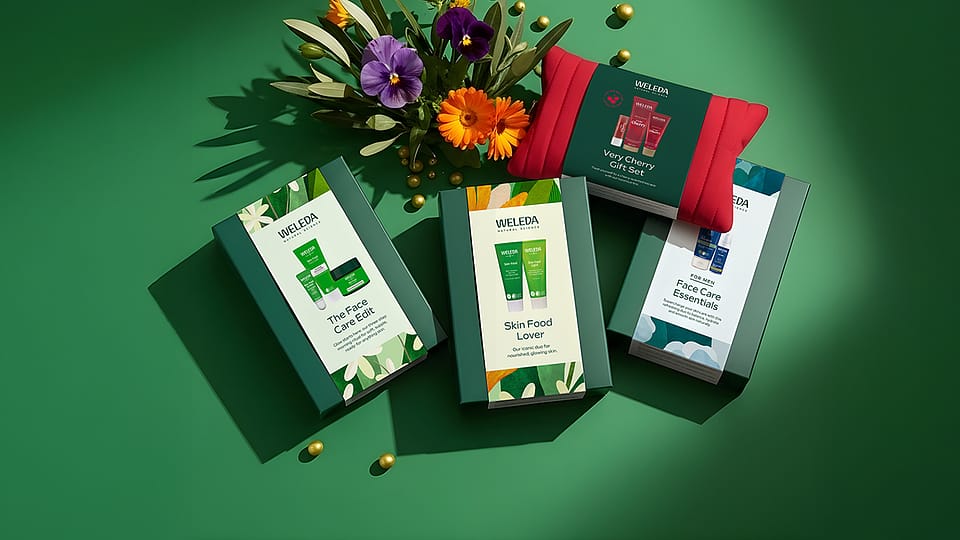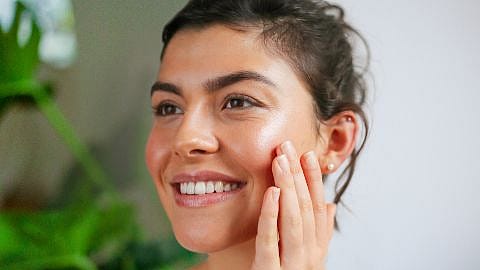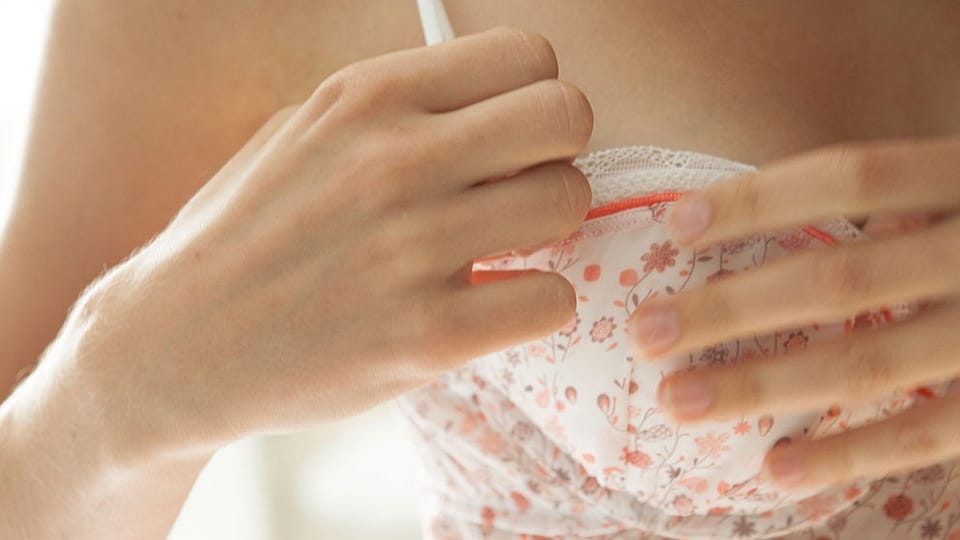Treating and Preventing Nappy Rash: A Guide for New Parents
Those tiny red spots on your baby's delicate bottom can bring a wave of concern to any parent's heart. Nappy rash—a common skin irritation affecting up to 50% of babies—is part of many families' journeys through the early years. While seeing your little one uncomfortable is never easy, understanding this common condition through the lens of gentle, natural care can transform your approach from reactive to nurturing.
Understanding Nappy Rash: A Natural Perspective
Nappy rash appears as red, inflamed patches on your baby's bottom, genital area, and sometimes the folds of their thighs. While it can seem alarming, this common condition is generally a normal response to the unique environment of the nappy area.
What Causes Nappy Rash?
The nappy area creates a distinct microenvironment that naturally challenges your baby's delicate skin:
- Moisture: A warm, damp environment from urine and stool
- Friction: Movement creating gentle rubbing against the skin
- Chemical irritation: Natural enzymes in stool that can irritate skin
- pH changes: Disruption of the skin's natural acid mantle
- Microbiome shifts: Changes in the natural balance of skin organisms
Looking at these factors from a holistic perspective helps us understand that nappy rash isn't a failure of care—it's a normal challenge that many babies face as their skin adjusts and develops.
Different Types of Nappy Rash
Not all nappy rashes look the same or have identical causes. Understanding these differences helps guide your approach:
Contact Dermatitis
The most common type, appearing as general redness where the nappy touches skin. This typically responds well to gentle, consistent care.
Candida (Yeast) Rash
Distinguished by bright red patches with defined edges, sometimes with small red dots extending beyond the main area. Candida thrives in warm, moist environments and may require specific approaches.
Bacterial Rash
Less common but may appear as yellowish crusting or weeping areas. This type might need additional support beyond typical nappy care.
Allergic Reaction
Can develop in response to ingredients in wipes, nappies, or skincare products. Tends to cover more area and may appear suddenly.
Most nappy rashes are the simple contact type that respond beautifully to natural, gentle care. However, recognising when a rash might be different helps you provide the most appropriate support.
Natural Prevention: Working withYour Baby's Skin
The gentlest approach to nappy rash focuses on prevention—creating conditions where your baby's skin can maintain its natural balance and protective functions. Traditional wisdom offers time-tested strategies that support rather than overwhelm delicate skin.
The Foundation: Nappy Changing Routine
A thoughtful changing routine forms the cornerstone of prevention:
- Frequent changes: Ideally every 2-3 hours during the day and once during the night for newborns
- Gentle cleaning: Using warm water when possible, natural baby oil or unscented natural wipes for on-the-go changes
- Thorough but gentle drying: Patting rather than rubbing, with special attention to folds
- Air time: Brief periods without a nappy when practical
- Protective barrier: A thin layer of natural protective balm or cream
This consistent approach works with your baby's natural skin processes rather than against them, maintaining the delicate balance needed for comfort and health.
Choosing Natural Materials
What touches your baby's skin matters deeply:
- Nappy materials: Consider breathable options and ensure proper fit to reduce friction
- Natural fibers: Cotton clothing next to skin allows better airflow
- Gentle wipes: Unscented, alcohol-free options minimize disruption to skin's natural balance
- Water quality: Consider filtered water for sensitive babies, as chlorine can sometimes be irritating
Traditional wisdom has long recognised that simpler materials often provide the most harmonious environment for delicate skin.
The Power of Plant-Based Protection
Natural ingredients have supported baby skin for generations, offering gentle yet effective protection:
- Zinc oxide: Creates a breathable barrier that protects without completely sealing the skin
- Calendula: Traditionally used to soothe and support skin's natural functions
- Chamomile: Offers gentle calming properties
- Lanolin: Provides moisture protection while allowing skin to breathe
- Beeswax: Forms a light protective layer
These time-honored ingredients work with your baby's skin rather than overwhelming it with synthetic interventions. When formulated thoughtfully, as in Weleda Calendula Nappy Change Cream, they create a supportive environment that helps the skin maintain its own healthy balance.
Daily Rhythms That Support Skin Health
Beyond products, consistent routines help maintain skin integrity:
- Regular changing times: Creating a rhythm helps ensure changes aren't missed
- Pre-bedtime care: Extra attention before longer sleep stretches
- Post-bath protection: Applying barrier cream to completely dry skin after bathing
- Dietary considerations: For breastfeeding mothers, noticing any patterns between foods and skin reactions
These rhythmic approaches honour the traditional understanding that consistency and attentiveness often provide the most supportive care.
Gentle Treatment: When Nappy Rash Appears
Even with excellent prevention, many babies experience nappy rash at some point. When redness appears, natural approaches can provide effective relief while supporting your baby's comfort and healing process.
Immediate Care Steps
When you first notice signs of nappy rash:
- Increase changing frequency: Every 2 hours if possible during waking hours
- Extended air time: 10-15 minutes of nappy-free time several times daily
- Water-only cleansing: When possible, use only warm water for cleaning
- Pat completely dry: Ensure the skin is thoroughly dried before applying any products
- Apply protective cream: Use a slightly thicker layer of natural nappy cream
These immediate responses help create conditions for your baby's skin to restore its natural balance
Natural Ingredients That Support Healing
Traditional wisdom offers soothing solutions that have stood the test of time:
- Calendula: Traditionally used to support the skin's natural healing processes
- Zinc oxide: Creates a protective barrier while allowing skin to breathe
- Chamomile: Offers gentle calming properties Lanolin: Provides moisture protection
- Almond oil: Nourishes without clogging
Weleda Calendula Nappy Change Cream combines these elements in a certified natural formulation that works in harmony with your baby's skin, supporting comfort while allowing natural processes to flourish.
Gentle Bathing Approaches
During active nappy rash, bathing deserves special attention:
- Brief, lukewarm baths: 5-10 minutes with water slightly cooler than usual
- Consider bath additions: A tablespoon of baking soda in the bath water can help soothe irritation
- Avoid soap on affected areas: Use only water or very gentle, natural cleansers like Weleda Calendula Shampoo and Body Wash if needed
- Pat dry completely: Take extra time to ensure the area is thoroughly dried
- Apply protection immediately: Once completely dry, apply natural protective cream
These gentle bathing practices support comfort while maintaining your baby's skin integrity during healing.
When to Adjust Your Approach
If a standard nappy rash doesn't improve after 2-3 days of dedicated care, consider these adaptations:
- Barrier enhancement: A slightly thicker application of nappy cream
- Different product combinations: Some babies respond better to certain natural ingredients
- Increased air time: Longer periods without a nappy when practical
- Consider nappy material: Some babies are particularly sensitive to certain materials or wetness indicators
This flexible approach acknowledges that each baby is unique, with individual needs that may change over time.
When to Seek Additional Support
While most nappy rashes respond well to thoughtful natural care, some situations benefit from professional guidance:
- Rash persists beyond 3-4 days of dedicated treatment
- Spreading beyond the nappy area
- Unusual appearance including blisters, pus, or extensive peeling
- Accompanied by fever or significant distress
- Yeast infection signs like bright red rash with distinct borders
In these cases, seek advice from your healthcare provider while continuing gentle skincare practices. Natural approaches can complement medical recommendations, supporting your baby's overall wellbeing while addressing specific concerns.
Special Considerations for Different Ages and Stages
Your baby's changing development brings different nappy area needs and challenges:
Newborn Stage (0-3 months)
Newborns often have more frequent, looser stools and may need more frequent changes:
- Meconium considerations: The first stools are particularly sticky and may require extra gentle cleansing
- Frequent changes: Every 2-3 hours during the day and at least once overnight
- Extra gentleness: Newborn skin is particularly delicate and thin
- Breastfeeding connection: Sometimes maternal diet can influence stool composition
Active Babies (4-12 months)
As babies become more mobile, new factors come into play:
- Increased friction: Movement can create more rubbing between skin and nappy
- Food introduction: New foods may change stool composition and frequency
- Longer sleep stretches: May mean longer periods in the same nappy
Toddler Years (1-3 years)
The journey continues with new considerations:
- Stronger urine: Becoming more concentrated and potentially more irritating
- Established diet: Certain foods may consistently trigger looser stools
- Communication development: Beginning to indicate discomfort more clearly
- Potty learning transitions: Periods of inconsistent toileting
Each stage brings its own needs, inviting thoughtful adaptation of your care approach.
Holistic Connections: Beyond the Nappy Area
True skin health reflects overall wellbeing—a holistic truth recognised long before modern science confirmed the connections between diet, gut health, and skin condition.
Nutrition and Nappy Rash
What your baby consumes—whether breast milk, formula, or solid foods—can influence skin health:
- Breastfeeding mothers: Some babies show sensitivity to certain foods in maternal diet, particularly citrus, tomatoes, and some spices like cinnamon
- Formula considerations: Some babies respond differently to different formula types
- Solid food introduction: New foods can change stool acidity and composition
- Hydration: Adequate fluid intake supports overall skin health
Observing patterns between diet and skin reactions helps you develop individualised understanding of your baby's unique needs.
The Gut-Skin Connection
Holistic practises have long recognised what science now confirms—gut and skin health are deeply interconnected:
- Beneficial bacteria: Support both digestive and skin health
- Digestive comfort: Easier digestion often correlates with healthier skin
- Whole-body approach: Skin conditions rarely exist in isolation
This holistic understanding invites us to consider the whole child when supporting skin health, rather than focusing exclusively on topical treatments.
Natural Care in Daily Life: Practical Tips for Parents
Implementing natural nappy care works best when adapted to your family's unique rhythms and needs. These practical approaches help integrate traditional wisdom into modern family life:
Creating Your Changing Station
Set yourself up for success with thoughtful preparation:
- Accessible supplies: Keep natural products within easy reach
- Comfortable height: Prevent parental back strain with proper setup
- Washable covers: Easy-to-launder natural materials for changing surfaces
- Distraction items: Engaging options for wiggly babies
- Natural light when possible: Helps you notice skin changes early
On-the-Go Nappy Care
Maintaining natural care away from home:
- Pre-moistened washcloths: A reusable alternative to disposable wipes
- Travel-sized natural products: Keeping consistency in your approach
- Clean changing mat: A dedicated surface for on-the-go changes
- Extra changes: More frequent changes when traveling can help prevent issues
Nighttime Nappy Strategies
Supporting skin health during longer sleep stretches:
- Evening protection: Slightly more generous application of barrier cream
- Appropriate overnight nappy: Finding the right balance of absorbency and breathability
- Morning care routine: Extra attention after longer wear time
- Gentle approach to night changes: Minimising disturbance while ensuring care
Communicating with Caregivers
Ensuring consistent care across different caregivers:
- Clear written instructions: Simple steps for your baby's specific needs
- Providing preferred products: Maintaining consistency in what touches their skin
- Explaining the "why": Sharing the importance of your natural approach
- Being flexible but clear about priorities: Distinguishing between preferences and necessities
Frequently Asked Questions
How often should I change my baby's nappy to prevent rash?
For most babies, changing every 2-3 hours during the day and at least once during the night helps maintain skin health. However, individual needs vary—some babies with sensitive skin benefit from even more frequent changes, while others may comfortably go slightly longer between changes. The key is to observe your baby's unique responses and adjust accordingly.
What ingredients should I look for in a natural nappy cream?
Traditional wisdom points to several beneficial ingredients that have supported babies for generations. Zinc oxide creates a breathable protective barrier, while calendula has been used traditionally to soothe and support skin's natural functions. Other beneficial ingredients include chamomile for its gentle calming properties, lanolin for moisture protection while allowing skin to breathe, and beeswax for forming a light protective layer. Weleda Calendula Nappy Change Cream combines these traditional ingredients in a certified natural formula that works in harmony with your baby's skin.
Can cloth nappies help prevent nappy rash?
Many families find that breathable cloth nappies can help reduce nappy rash, particularly for babies with sensitivities to materials in disposables. However, the most important factor is frequent changing and proper cleaning of any nappy type. If using cloth nappies, ensure thorough washing with natural, residue-free detergents and adequate rinsing. Both cloth and disposable options can work well when changed regularly and paired with natural skincare.
How can I tell if my baby's nappy rash needs medical attention?
While most nappy rashes respond well to gentle, natural care within a few days, some situations benefit from additional support. Consider contacting your healthcare provider if the rash persists beyond 3-4 days of dedicated treatment, spreads beyond the nappy area, has an unusual appearance (including blisters, pus, or extensive peeling), is accompanied by fever or significant distress, or shows signs of yeast infection like a bright red rash with distinct borders.
Is petroleum jelly a good natural option for preventing nappy rash?
Despite its widespread use, petroleum jelly (a by-product of the oil refining process) is not considered a natural ingredient. While it can create a moisture barrier, it does not offer the additional skin-supporting benefits of truly natural ingredients like calendula, chamomile, or zinc oxide. Natural alternatives like Weleda Calendula Nappy Change Cream not only provide protective barriers but also support the skin's own natural functions through plant-based ingredients that work in harmony with your baby's developing skin.
Embracing the Journey
Caring for your baby's delicate skin is not just about preventing or treating nappy rash—it's an opportunity to develop a nurturing relationship with your child through attentive, gentle care. Each nappy change becomes a moment of connection, each application of natural cream a demonstration of love.
Remember that perfect prevention isn't always possible, nor is it necessary for your baby's wellbeing. What matters most is your responsive, gentle approach when challenges arise. By working with nature rather than against it, you support not just your baby's skin health but their developing understanding of their body and its needs.
At Weleda, our century of experience creating natural skincare for babies has taught us that gentle, consistent care using certified natural ingredients offers a beautiful foundation for skin health. When we support the skin's inherent wisdom with thoughtful care and plant-based formulations, we honour both the remarkable capabilities of this living organ and the precious beings it protects.
May your journey through the nappy years be filled with moments of care that nurture both baby and parent—a natural expression of the deep bond you share.
For more specific guidance about incorporating Weleda's certified natural products into your baby care routine, explore our complete Calendula Baby Care collection, designed to work in harmony with your baby's delicate skin.


